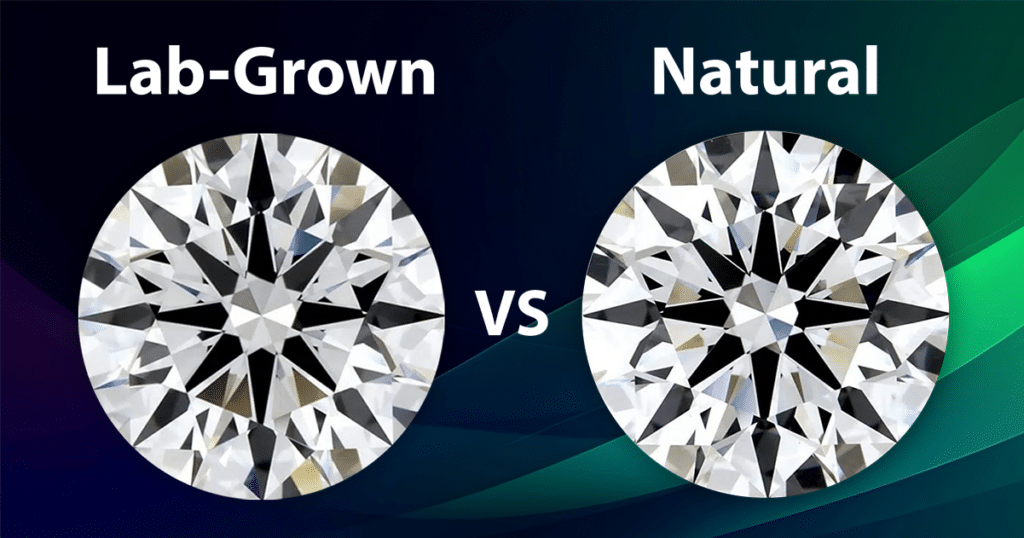Introduction
In the realm of fine jewelry, diamonds have always held a special allure. However, recent advancements in technology have introduced an alternative to traditionally mined lab grown diamonds vs real diamonds diamonds, also known as lab created diamonds. This article explores the key distinctions between these two types of diamonds, highlighting their unique qualities and considerations for consumers.
Origin and Production Process
Lab Grown Diamonds: Lab grown diamonds are created in controlled laboratory settings that mimic the natural conditions under which diamonds form in the Earth’s mantle. Using advanced technology, scientists replicate the process by exposing carbon atoms to high pressure and temperature, resulting in crystals that are chemically and optically identical to mined diamonds.
Mined Diamonds: On the other hand, mined diamonds are naturally occurring gems that are formed deep within the Earth’s crust over millions of years. They are unearthed through mining processes that can have significant environmental and social impacts, including habitat disruption and labor concerns.
Quality and Certification
Lab Grown Diamonds: Quality standards for lab grown diamonds are upheld by organizations such as the Gemological Institute of America (GIA) and the International Gemological Institute (IGI). These diamonds are graded for their cut, clarity, color, and carat weight, ensuring transparency and reliability for consumers.
Mined Diamonds: Similarly, mined diamonds are also graded based on the 4Cs—cut, clarity, color, and carat weight. They often come with certifications from reputable organizations like GIA, which attest to their authenticity and quality.
Cost Considerations
Lab Grown Diamonds: One of the most appealing aspects of lab grown diamonds is their affordability relative to mined diamonds. Due to the controlled production process and lower operational costs, lab grown diamonds are typically priced at a significant discount compared to their mined counterparts.
Mined Diamonds: Mined diamonds, because of their natural rarity and the extensive mining processes involved, generally command higher market prices. The cost can vary greatly depending on factors like size, clarity, and color grade.
Ethical and Environmental Impact
Lab Grown Diamonds: Ethically conscious consumers often choose lab grown diamonds for their minimal environmental impact. By eliminating the need for mining, these diamonds reduce carbon emissions, land disruption, and other environmental concerns associated with traditional diamond mining.
Mined Diamonds: Traditional diamond mining can have adverse environmental effects, including deforestation, soil erosion, and water pollution. There are also social issues related to labor practices in some mining regions, which concern consumers focused on ethical sourcing.
Popularity and Consumer Choice
Lab Grown Diamonds: Over the years, lab created diamonds have gained popularity among consumers seeking sustainable and ethically sourced jewelry options. The increasing awareness of environmental issues and ethical considerations has fueled demand for lab grown diamonds in the jewelry market.
Mined Diamonds: Despite the rise of lab grown diamonds, mined diamonds continue to hold cultural and historical significance. Some consumers prefer the natural authenticity and uniqueness that mined diamonds represent, valuing their rarity and timeless appeal.
Conclusion
In conclusion, the choice between lab grown diamonds and mined diamonds ultimately comes down to personal preference and priorities. While mined diamonds embody natural rarity and tradition, lab grown diamonds offer a sustainable, cost-effective alternative without compromising on quality or beauty. Whether you prioritize ethical sourcing, environmental stewardship, or budget considerations, both types of diamonds offer exquisite options for creating timeless jewelry pieces.
